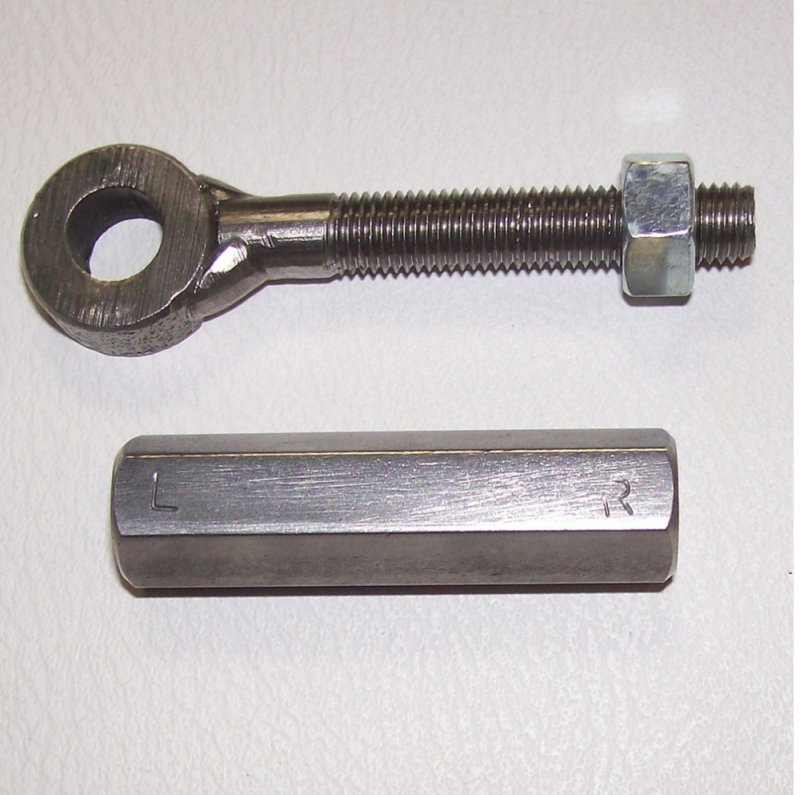The only thing you haven't tried is the adjustable rod to the master.. there is a reason I suggested getting it, I have used it on several different trucks and after some adjustment to lengthen it the clutches work great..
I don't know for sure but I think the master isn't traveling far enough, my petal doesn't have any "free" play, and there is no pressure on the bearing , a hyd system is different than other systems as far as free play..
I'd bet money a simple thing like the adjustable rod will fix it.... And again that's cheaper than a shop removing everything and charging you and finding nothing wrong...
Your clutch isn't traveling far enough, get a longer push rod and make it travel more... I think I posted pics of my rod here, I'll look for it...
I don't know for sure but I think the master isn't traveling far enough, my petal doesn't have any "free" play, and there is no pressure on the bearing , a hyd system is different than other systems as far as free play..
I'd bet money a simple thing like the adjustable rod will fix it.... And again that's cheaper than a shop removing everything and charging you and finding nothing wrong...
Your clutch isn't traveling far enough, get a longer push rod and make it travel more... I think I posted pics of my rod here, I'll look for it...

